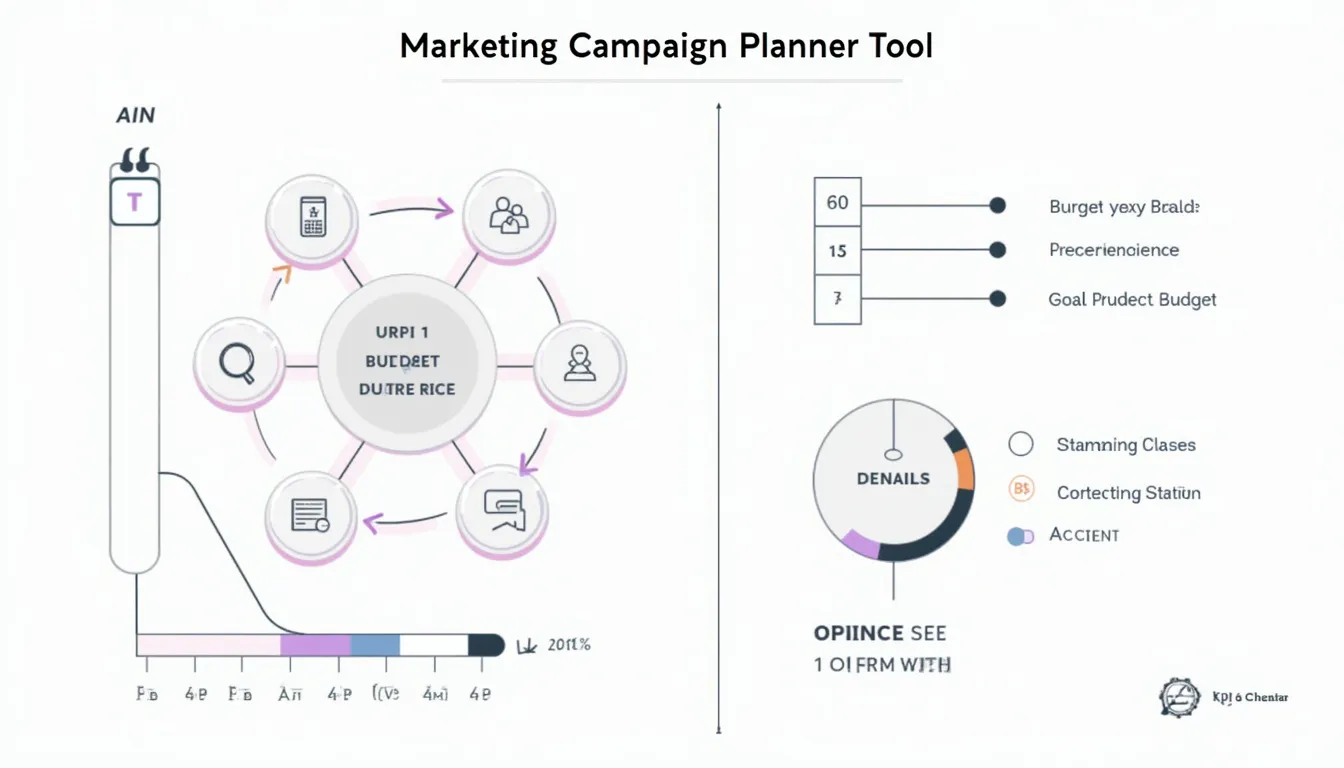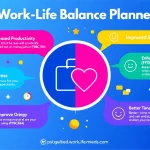Is this tool helpful?
How to use the tool
- PRODUCT – Type the exact offer name.
Example 1: “NeuroGlow Desk Lamp”
Example 2: “SwiftServe Meal-Kit Subscription” - TARGET – Describe demographics, habits and pain points.
Example 1: “Remote workers 25-45, eye-strain concerns, tech-friendly”
Example 2: “Busy parents 30-50, value healthy 15-min dinners” - GOAL – State one measurable outcome.
Example 1: “Reach 10 000 webinar sign-ups in 60 days”
Example 2: “Lift repeat purchases by 30 % in Q3” - BUDGET (USD) – Enter total spend.
Example 1: 25 000
Example 2: 250 000 - DURATION – Give the full campaign length.
Example 1: “6 weeks”
Example 2: “5 months”
Quick-Facts
- Average Facebook ad CPC: $1.72 (WordStream, 2024)
- Email delivers $36 revenue per $1 spent (Litmus, 2023)
- Videos boost landing-page conversions by 86 % (Wyzowl, 2024)
- Organic posts reach ~5 % of followers (Hootsuite, 2023)
- Recommended A/B test length: ≥14 days (Optimizely Guide, 2022)
FAQ
What happens after I click “Generate”?
The tool sends your five inputs to our server, which assembles a channel mix, budget split and timeline based on industry benchmarks (Gartner, 2023).
Can I edit the plan later?
Yes. Copy the output, tweak channels or budgets in your preferred doc, then share with stakeholders for sign-off.
How are channels selected?
An algorithm scores channels against audience behaviour data and cost efficiency reports (Statista, 2024).
Does it include KPI templates?
Each plan lists core metrics—CPA, ROAS, CTR—and explains tracking frequency.
Is my data stored?
Inputs are used once for processing and then deleted according to GDPR Article 5 retention rules (EU Regulation 2016/679).
Which currencies are supported?
The form accepts USD only. Convert your local budget beforehand using current FX rates (XE, 2024).
Can it handle seasonal campaigns?
Yes. Mention holidays or events in the TARGET field; the planner schedules bursts accordingly.
How do I measure success?
“Marketing performance measurement should align with organisational goals” (AMA Digital Analytics Guide, 2022). Track the KPIs provided and compare against your baseline.
Important Disclaimer
The calculations, results, and content provided by our tools are not guaranteed to be accurate, complete, or reliable. Users are responsible for verifying and interpreting the results. Our content and tools may contain errors, biases, or inconsistencies. Do not enter personal data, sensitive information, or personally identifiable information in our web forms or tools. Such data entry violates our terms of service and may result in unauthorized disclosure to third parties. We reserve the right to save inputs and outputs from our tools for the purposes of error debugging, bias identification, and performance improvement. External companies providing AI models used in our tools may also save and process data in accordance with their own policies. By using our tools, you consent to this data collection and processing. We reserve the right to limit the usage of our tools based on current usability factors.







